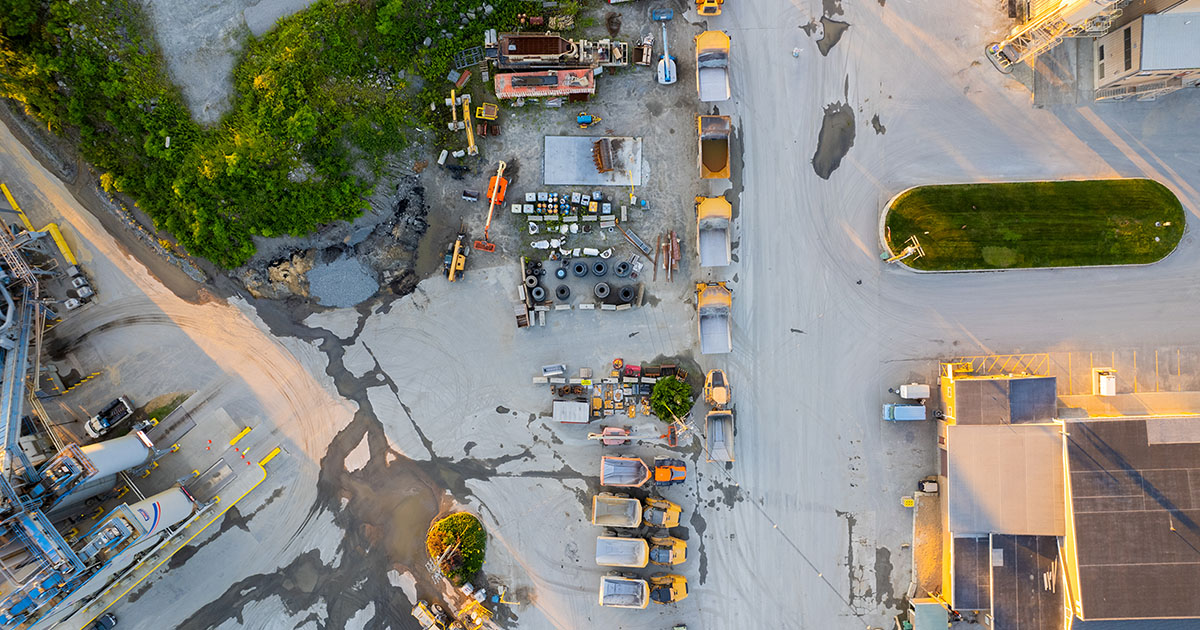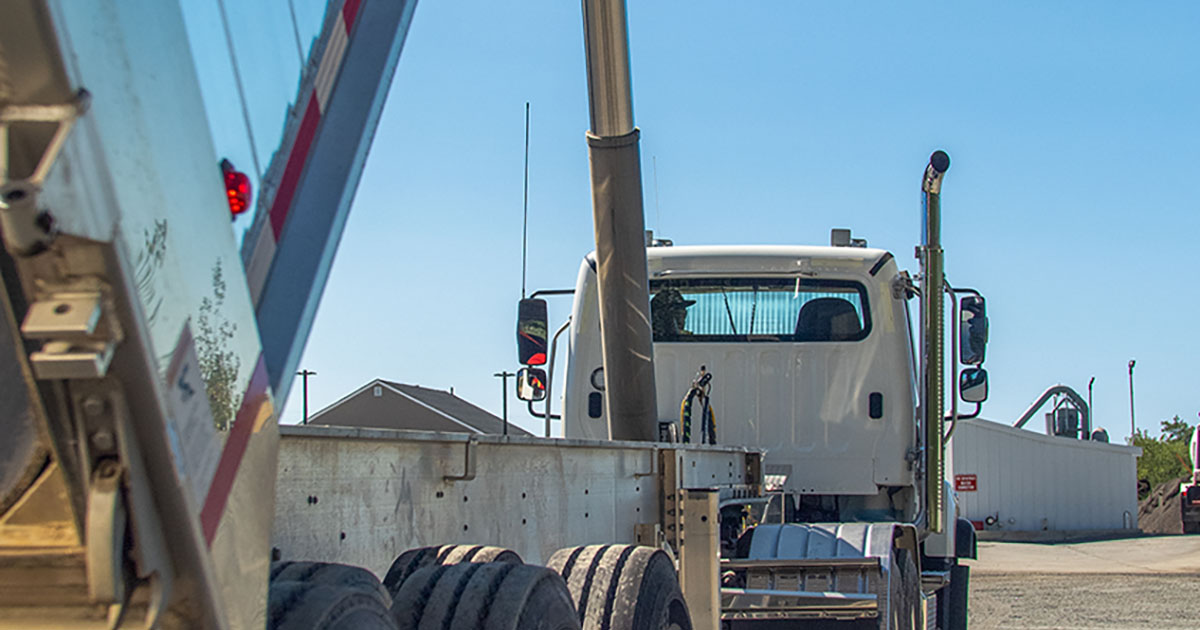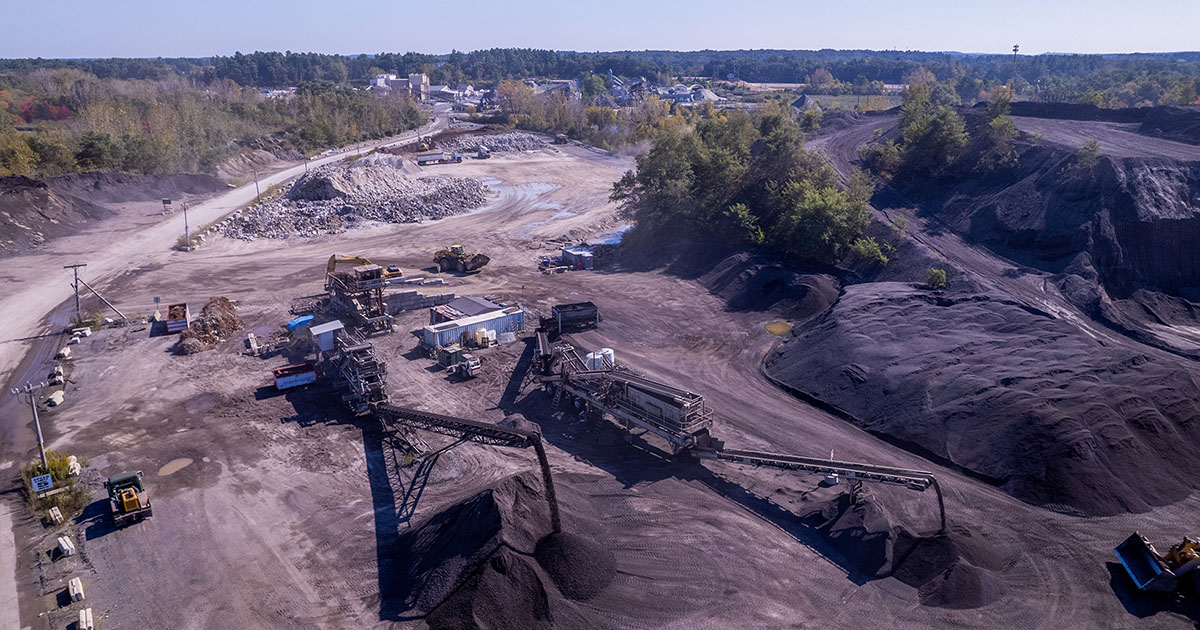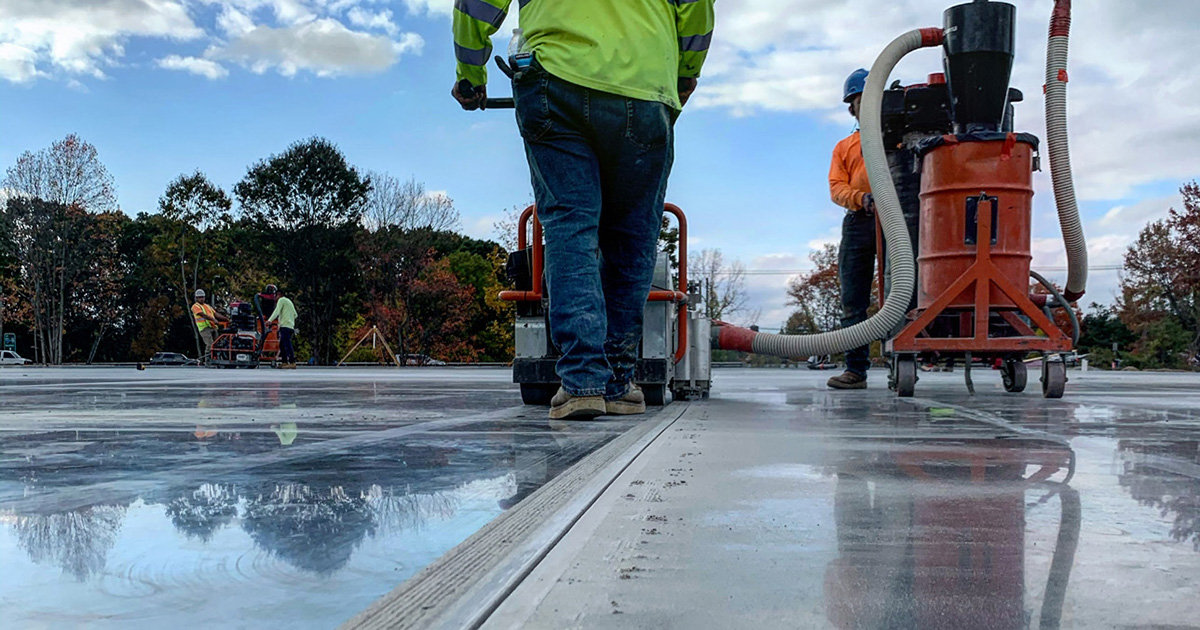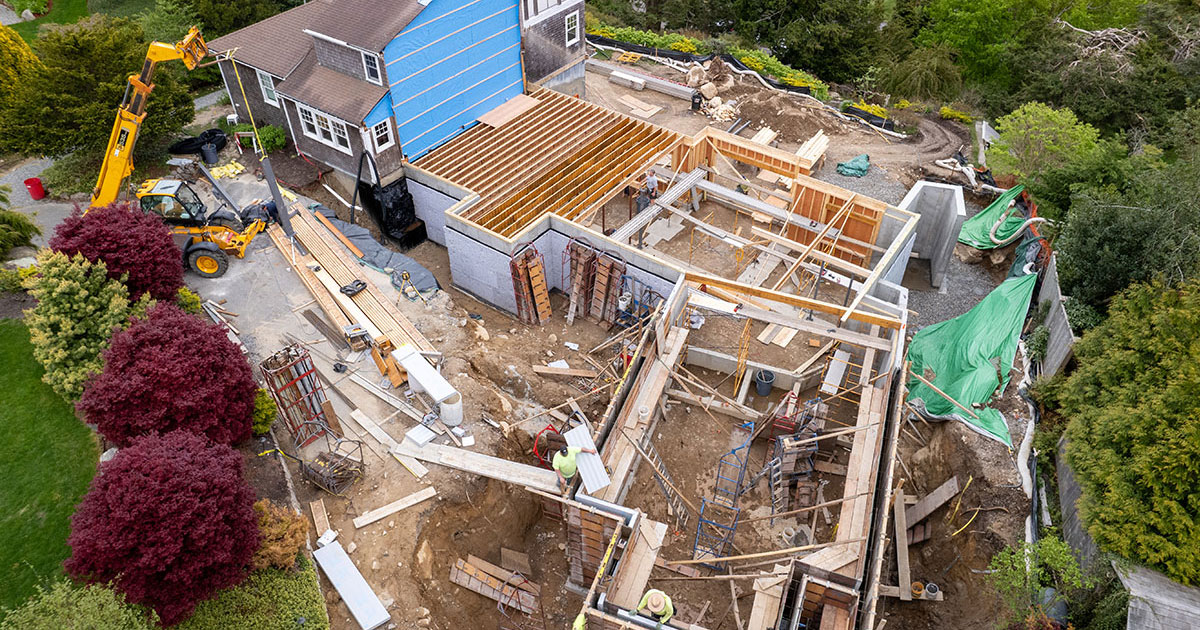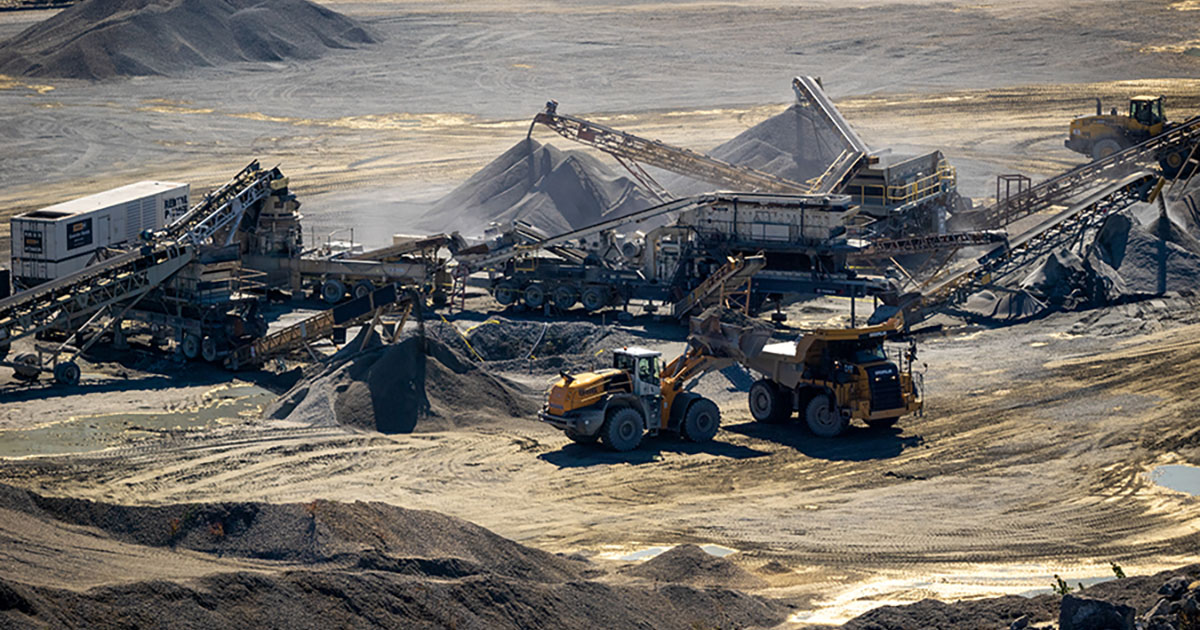
Essential Contractor Website Design Features to Grow Your Business Online
A professional contractor website design is crucial for establishing credibility, attracting new clients, and generating consistent leads. In an increasingly competitive market, contractors need a website that not only looks good but also drives results by converting visitors into customers. Your website is the first impression potential clients have of your business, and a well-designed site can set you apart from competitors.
In this article, we’ll explore the essential features that make up a successful contractor website design, how to optimize your site for search engines, and the importance of integrating lead generation tools to boost business growth.
1. Clean, User-Friendly Design
Your website’s design is the first thing visitors notice, and it should make a strong, professional impression. A clean, user-friendly design is essential to ensure that visitors can easily navigate your site and find the information they need.
Key elements of a clean design include:
- Intuitive navigation: Make it simple for visitors to find service pages, contact forms, and your project portfolio with a clear and easy-to-use menu.
- Mobile responsiveness: Ensure your website is optimized for mobile devices, as many potential clients will browse from smartphones and tablets.
- Modern aesthetics: Use high-quality images, professional fonts, and a clean layout to present your brand as polished and reliable.
By focusing on a user-friendly design, your contractor website will engage visitors and encourage them to learn more about your services.
2. Highlight Your Services
Your website should clearly communicate the services you offer. Each service should have a dedicated page that details what you provide and why potential clients should choose your business.
Effective service pages should include:
- Detailed service descriptions: Explain each of your offerings, whether it’s residential construction, commercial builds, or remodeling, so potential clients understand your areas of expertise.
- Benefits of choosing your company: Highlight what sets you apart, such as your experience, use of quality materials, or customer service.
- Calls-to-action (CTAs): Place clear CTAs such as “Request a Quote” or “Contact Us” on each service page to encourage visitors to take the next step.
By creating informative and engaging service pages, you’ll help clients make informed decisions and increase the likelihood they’ll contact you for a project.
3. Showcase Your Project Portfolio
For contractors, your portfolio is one of the most important parts of your website. Potential clients want to see your completed projects to understand the quality of your work.
A professional portfolio should:
- Feature high-quality images: Use clear, professional photos of your completed projects to showcase your craftsmanship and attention to detail.
- Include project descriptions: Provide brief overviews of each project, highlighting the scope of work, challenges, and successful outcomes.
- Organize by project type: If you offer multiple types of services (e.g., residential, commercial, renovations), categorize your portfolio to help clients find relevant examples.
A strong portfolio helps build trust with potential clients and gives them a visual representation of what they can expect when working with your company.
4. SEO Optimization for Better Visibility
Search Engine Optimization (SEO) is essential for ensuring your website ranks well on Google and other search engines. A well-optimized contractor website design will make it easier for potential clients to find you when they search for services in your area.
Important SEO strategies for contractor websites include:
- Keyword research: Incorporate relevant keywords like “general contractor,” “remodeling services,” or “home builder in [city]” throughout your content, meta descriptions, and headers.
- Local SEO: Focus on location-specific keywords and claim your Google My Business profile to improve visibility in local search results.
- Optimized images: Compress images to ensure fast load times, as slow websites can hurt your search rankings and user experience.
- Content creation: Regularly update your website with fresh content, such as blog posts or project updates, to keep it relevant and improve SEO.
By optimizing your website for search engines, you can drive more organic traffic and generate leads from people actively searching for contractors.
5. Lead Generation Tools to Capture Visitors
The ultimate goal of your website is to turn visitors into clients. Integrating lead generation tools helps capture visitor information and encourages them to contact you about their project needs.
Key lead generation tools include:
- Contact forms: Simple, easy-to-use forms on service pages and the homepage that allow potential clients to request quotes or ask questions.
- Clear CTAs: Encourage visitors to take the next step with CTAs such as “Get a Free Estimate” or “Schedule a Consultation.”
- Live chat: Add a live chat feature to offer instant communication with visitors, answering their questions and increasing the chances of conversion.
- Landing pages for ads: If you’re running paid ads, create specific landing pages optimized for conversions to capture leads effectively.
With well-placed lead generation tools, your website can turn casual visitors into potential clients who are ready to work with your company.
6. Client Testimonials and Trust Signals
Trust is critical in the construction industry, where clients often make significant financial investments in projects. Including client testimonials and other trust signals on your website helps build credibility and reassure potential clients that your company is reliable.
Trust-building features include:
- Client reviews and testimonials: Display positive feedback from past clients who can speak to the quality of your work and customer service.
- Industry certifications: Showcase any certifications, licenses, or industry affiliations to highlight your qualifications and expertise.
- Case studies: Provide detailed case studies that demonstrate your problem-solving abilities and the successful completion of complex projects.
These trust signals help convince potential clients that your business is the right choice for their construction needs.
7. Fast Load Times and Optimized Performance
Website performance is a critical factor in user experience and SEO. A slow website can lead to higher bounce rates, meaning visitors leave before even exploring your services. Optimizing your website for fast load times and smooth performance ensures visitors stay engaged.
Key strategies for optimized performance include:
- Image compression: Compress images to reduce load times while maintaining quality.
- Efficient code: Ensure your website is built with clean, efficient code that loads quickly.
- Reliable hosting: Choose a reliable hosting provider that offers fast performance and minimal downtime.
A fast, well-performing website keeps visitors on your site longer, improving engagement and increasing the likelihood they’ll contact you.
8. Incorporate Visuals That Showcase Work in Progress
While completed project photos are essential, potential clients also appreciate seeing the work in progress, as it highlights your attention to detail and quality standards. Adding a section on your website dedicated to work-in-progress visuals gives visitors insight into your processes and reassures them that you prioritize quality at every stage.
Ideas for Work-in-Progress Content:
- Project Progress Photos: Show before, during, and after shots to highlight the transformation process.
- Time-Lapse Videos: Use time-lapse footage to show the construction stages and the complexity involved.
- Safety and Quality Checks: Display images or videos of safety checks, quality assessments, or project management steps, emphasizing your commitment to safety and reliability.
Including work-in-progress visuals provides transparency and shows clients that your team takes pride in delivering high standards.
9. Interactive Features to Enhance Engagement
Interactive elements, like virtual tours or project timelines, can make your website more engaging and memorable. For example, a virtual walkthrough of a past project or a timeline showing key stages of a build can enhance visitor experience and keep potential clients interested.
Popular Interactive Elements for Contractor Websites:
- Virtual Jobsite Tours: Allow visitors to explore a virtual walkthrough of your past projects, showcasing both completed work and specific construction details.
- Clickable Project Timelines: Present the different stages of a project, from design to completion, with a timeline feature.
- Estimate Calculators: An interactive budget estimator or cost calculator tool allows potential clients to get a preliminary idea of their project costs, encouraging them to reach out for a formal quote.
Adding interactive features increases engagement, keeping visitors on your site longer and demonstrating your commitment to transparency and innovation.
10. Highlighting Sustainable and Eco-Friendly Practices
More clients are seeking sustainable building practices, so if your company incorporates eco-friendly construction methods, make sure to highlight this. Include a dedicated section on sustainability to communicate your commitment to responsible building practices.
Examples of Sustainable Practices to Highlight:
- Green Building Certifications: If your company has certifications like LEED, feature them prominently to attract eco-conscious clients.
- Recycled Materials: Mention any use of recycled or sustainable materials in your projects.
- Energy-Efficient Construction: Showcase projects or methods that emphasize energy efficiency, like insulated concrete forms or energy-efficient HVAC systems.
A focus on sustainability can differentiate your company and attract clients who prioritize environmental responsibility.
11. Customer-Focused Blog and Resources Section
A blog or resources section with informative content is a great way to attract organic traffic and provide value to potential clients. By sharing insights and tips related to construction, your company demonstrates industry expertise and builds trust with visitors.
Topics to Cover in a Blog or Resources Section:
- Project Planning Tips: Provide guidance on what clients should consider when planning a renovation or build.
- Material Selection Guides: Offer information on choosing materials, including pros, cons, and environmental impacts.
- Maintenance Tips: Share advice on caring for newly completed projects, like maintenance tips for home renovations or commercial builds.
A blog or resources section not only improves SEO but also positions your company as a helpful, knowledgeable partner in the construction process.
12. Ongoing Website Maintenance and Support
Your website is a long-term investment, and to remain effective, it needs regular updates and maintenance. A well-maintained contractor website design keeps your content fresh, ensures security, and adapts to changes in technology.
Ongoing maintenance services may include:
- Content updates: Regularly updating your portfolio and service pages with new projects and information.
- SEO adjustments: Continuously monitoring and optimizing your SEO to stay competitive in search rankings.
- Security updates: Keeping your website secure by regularly updating software and fixing vulnerabilities.
With ongoing maintenance, your website will remain a valuable asset that continues to generate leads and support your business growth.
Building a High-Converting Contractor Website Design
A well-executed contractor website design is essential for building trust, generating leads, and growing your business. By focusing on clean design, SEO optimization, clear service pages, and lead generation tools, you can create a website that not only attracts visitors but also converts them into clients.
Whether you’re a small contractor or a large construction firm, investing in a professional website will set you apart from competitors and help you grow your business in the long run.

